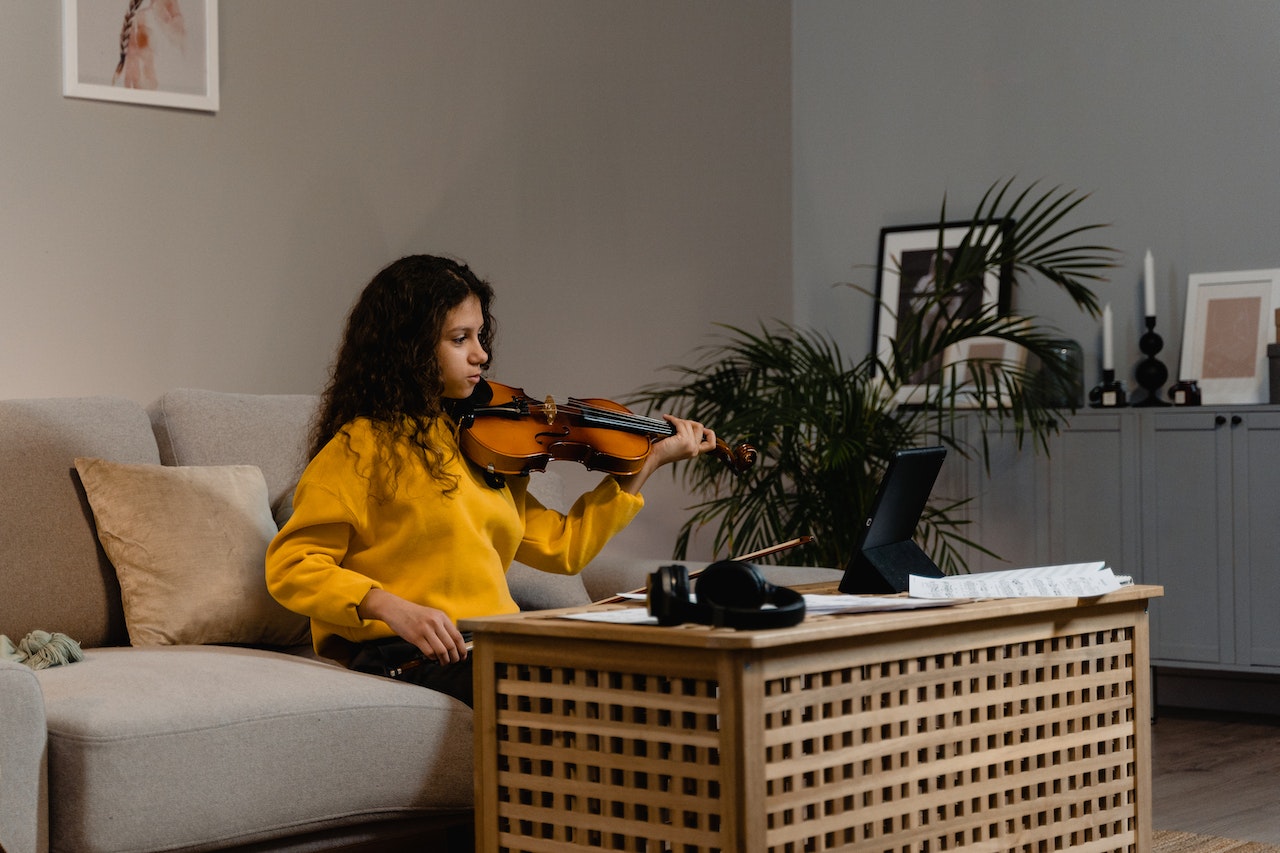
Renting a recording studio in New York can be costly, especially since they allow you to use special, high-quality equipment and trained professionals, like sound engineers, to assist your recording session. While the rates vary per studio, Gaetano informs that one recording studio session can cost anywhere between $50 to $150 an hour. This doesn't include any additional hours you'll be charged for the time you take to perfect your recordings.
Fortunately, you can record at home if you're on a budget. Whether you’re doing it for an audition, your music portfolio, or for memories, your recordings will be more cost-effective. Not to mention, you can have as many takes as you need! On that note, here are a few tips on how to record violin at home.
Soundproof the recording area
Your home may get a lot of noise from other household members, neighbors, and the streets. These can affect the quality of your violin tracks, so you need to soundproof your recording area. How Stuff Works notes that you can use sound-blocking foam, which can stop noise from passing through walls because it is thick and dense.
The Auralex Deluxe Plus Roominator Kit is a great set to invest in because it successfully eliminates outside noise and is built to last for years. While it’s best to cover an entire room’s walls with this foam, you may also choose a single corner to install it in.
Get a high-quality recording mic
If you're looking for tips on how to record violin on iPhone, this piece proposes you do something different instead. You may think your phone or computer’s built-in microphone would suffice for recording sessions, but unfortunately, they don’t. It’s not made for recording high-quality instrumental sounds, so it won’t fully capture your violin’s tone. The various guides available on Shout4Music show that this is because not all mics are created equal. Rather, they're usually designed to achieve specific sound qualities. That means there are some best mics for things like gaming and podcasting. Using a mic outside its intended purpose can compromise quality.
So, when considering how to mic a violin, instead of simply using your phone or computer mic, try choosing among the best mics for recording. Recording mics are designed to capture the most minor sound details in crisp quality. The sE Electronics sE2300 microphone is one of the best for recording instruments—especially solo violins—thanks to its high-pass filter and neutral-leaning frequency response.
Wear quiet and simple clothing
When playing the violin, you move your arms a lot and sometimes have to twist your body. This is why you need to wear fabrics that don’t make too much noise when moving. For example, you should avoid wearing clothes made of nylon and polyester, such as those used for windbreakers. These fabrics create noise when they rub against each other, and those sounds can make it into your recordings.
In the same vein, it's best not to wear clothes with beads or sequins, as these can produce their own sounds. Finally, don’t wear chunky or heavy accessories that can clank together and make noise, such as thick bracelets or dangling earrings.
Clean your violin
After preparing your room, mic, and clothes, you need to ensure that the star of the show—your violin—is ready too. This means cleaning your violin is a significant part of knowing how to record violin, as it helps to maintain its appearance and performance. For instance, your bow can produce scratchy sounds if the hairs are breaking or there’s not enough rosin on it.
To prevent this, our article “How to Clean a Violin” gives tips on maintaining your instrument, including wiping it down with a clean cloth after every session and using polish to restore its shine. Cleaning your violin guarantees it will sound its best during your home recording sessions.
Recording violin sessions at home is doable as long as you prepare and use the right equipment. Hopefully, with our tips, you can now perfect the art of how to do just that. Read more of our work here at The Long Island Violin Shop for more on stringed instruments, bows, and everything in between.
Article written by Reena Joseph



Leave a comment